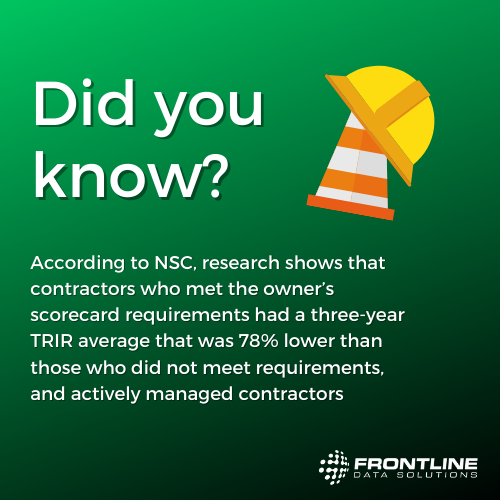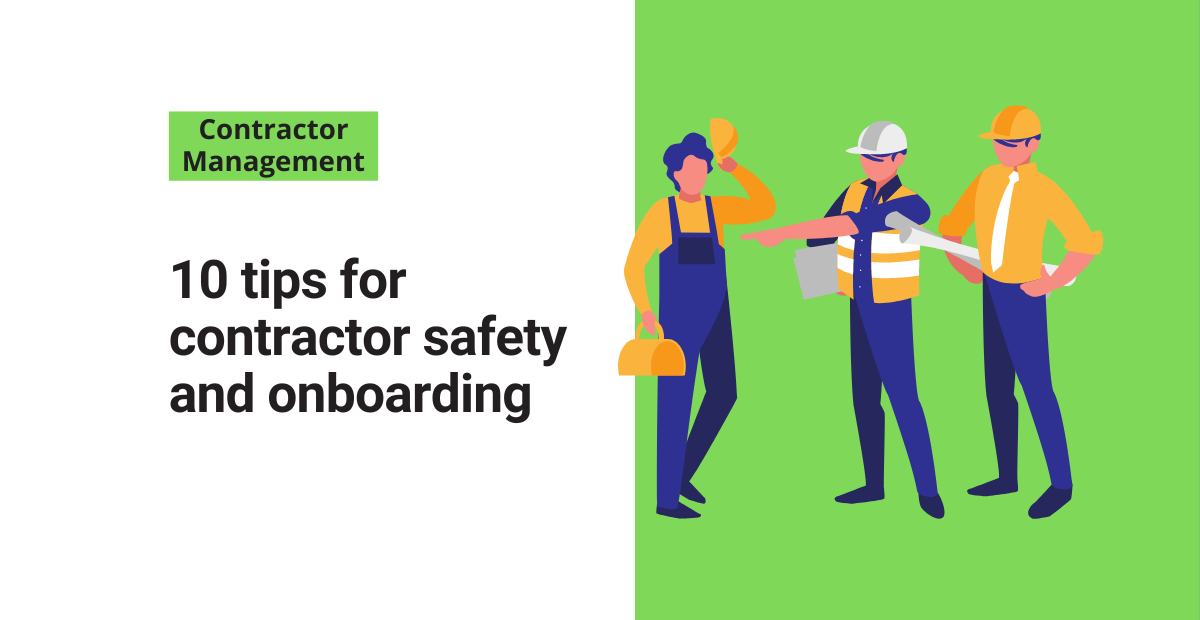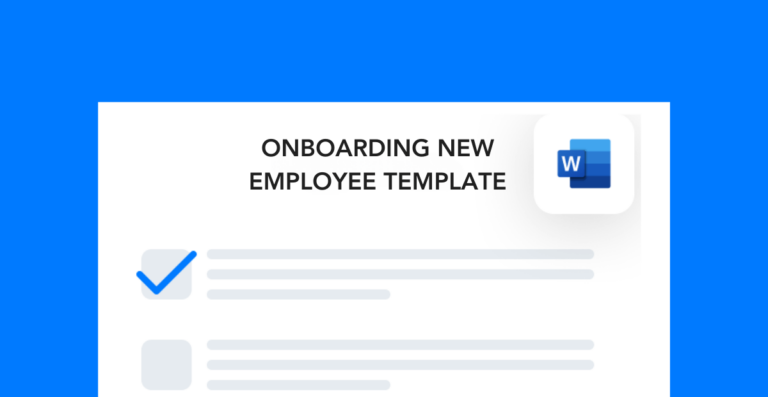Onboarding and training employees so they can have a better understanding, overall, of a company’s expectations and procedures is critical. But what about contractors? In this post, I’ll share best practices for providing high-quality contractor onboarding and orientation methods.
Free template!
Download this free new employee onboarding template to standardize your contractor orientation and onboarding process.
Benefits of proper orientation
Since contractors are a part of your team only for a brief period, integrating them into your operations as quickly as possible can save you time and money. If you don’t try early on, you might end up managing someone who doesn’t follow procedures or complete tasks up to your standards, making the onboarding and orientation ineffective.
According to Gallup’s research, only 12% of employees strongly agree that their organization does an excellent job onboarding new employees. Below are the top ten tips for giving your contractors a top-notch onboarding experience, including how to streamline the orientation with precise planning.
Tips for painlessly onboarding contractors
- Conduct a kick-off meeting to initially agree on expectations and a certain period for the job.
- Get to know your contractors. It is more productive for everyone to know who the new employees are so that they feel safe and welcome in their unfamiliar environment.
- Have an orientation checklist. Know all the relevant information that your contractors may need ahead of time and provide it in a simple and easy-to-understand way.
- Make sure the contractor has a tour of the workplace as a part of their orientation.
- Provide appropriate training so they understand both behavioral and safety expectations, underscoring the importance of contractor onboarding to their orientation.
- Check whether they have the required certifications and the validity of their certifications and training for the job at hand.
- Have them sign any necessary paperwork during the contractor onboarding phase to ensure proper orientation.
- Connect them with a mentor for any questions they might have. Set up a schedule for check-ins and feedback sessions regarding their orientation and onboarding.
- Equip the contractor with the necessary tools. If there are any equipment, resources, skills, or training opportunities available at your company, confirm that they are accessible to all employees.
- Finally, try not to overload contractors with too much information during their orientation, and allow time for effective onboarding.

Each contractor that you bring to your company will have different needs and expectations. It’d be unrealistic to expect that you can be everything to everyone all at once. But the more thought and care that you put into your contractor onboarding and orientation process, the easier it will be to ensure your team’s safety and efficiency.





